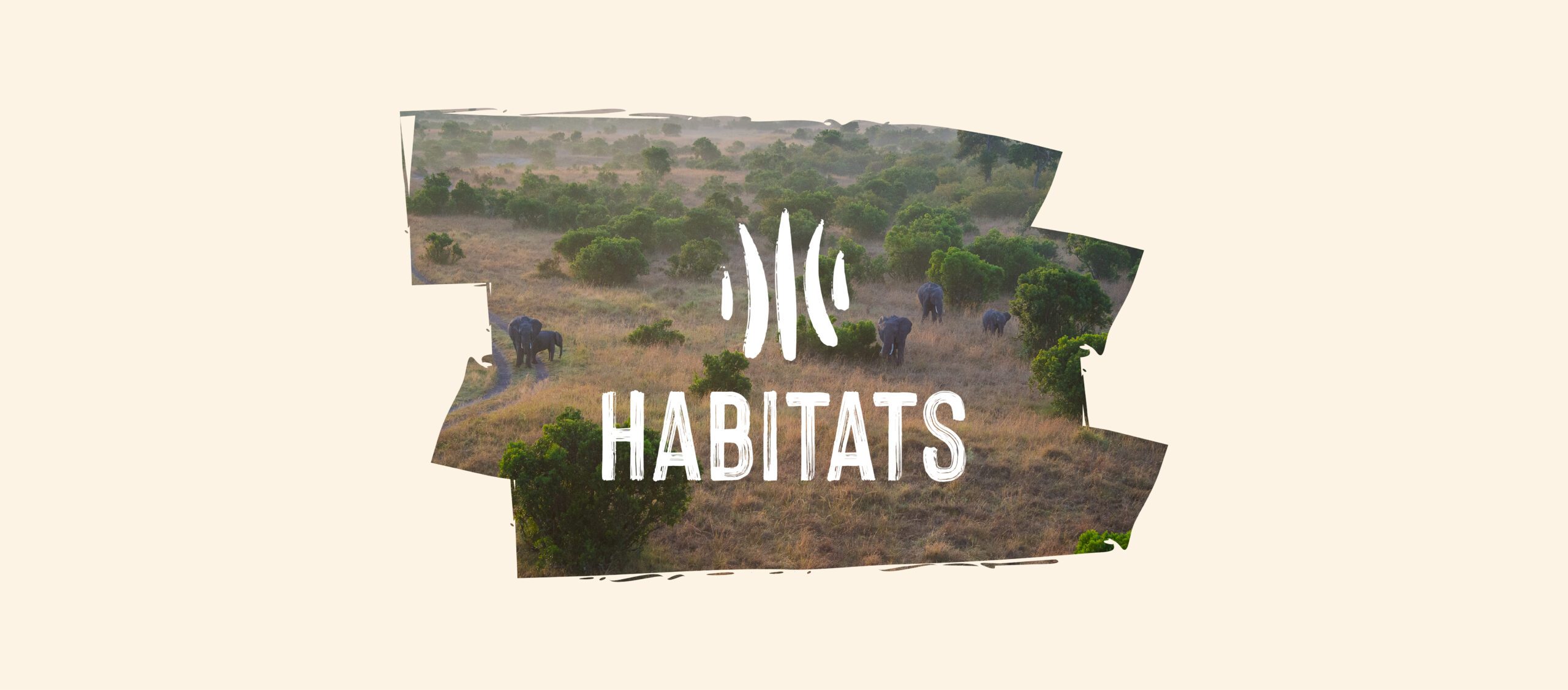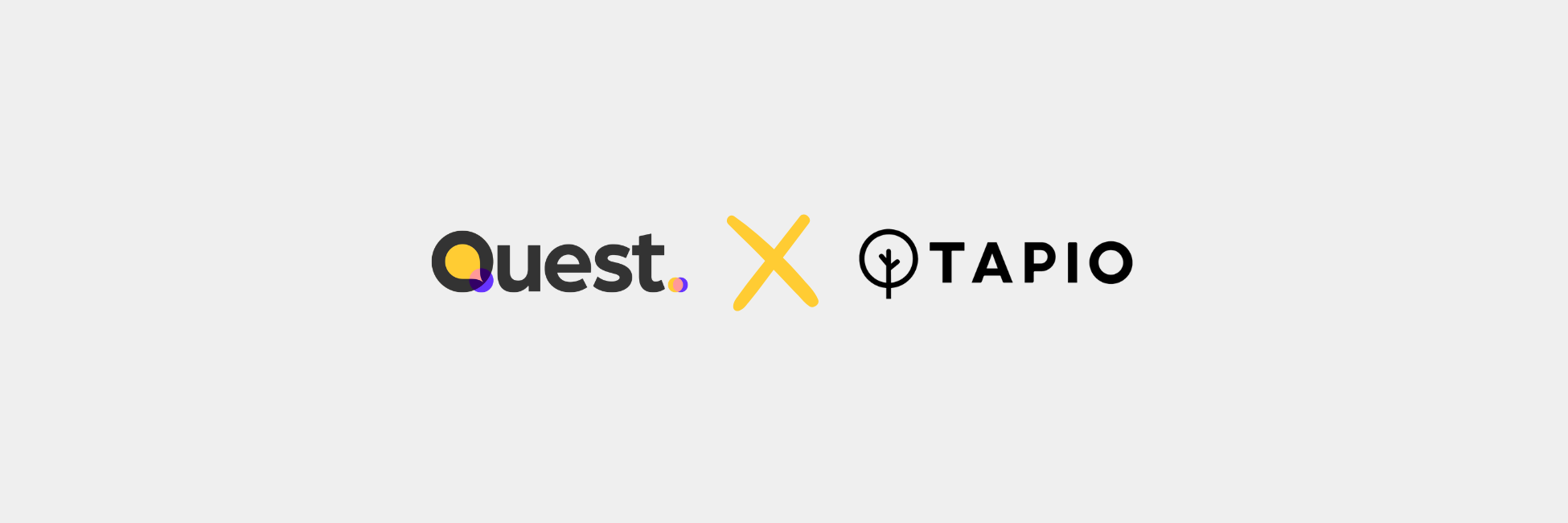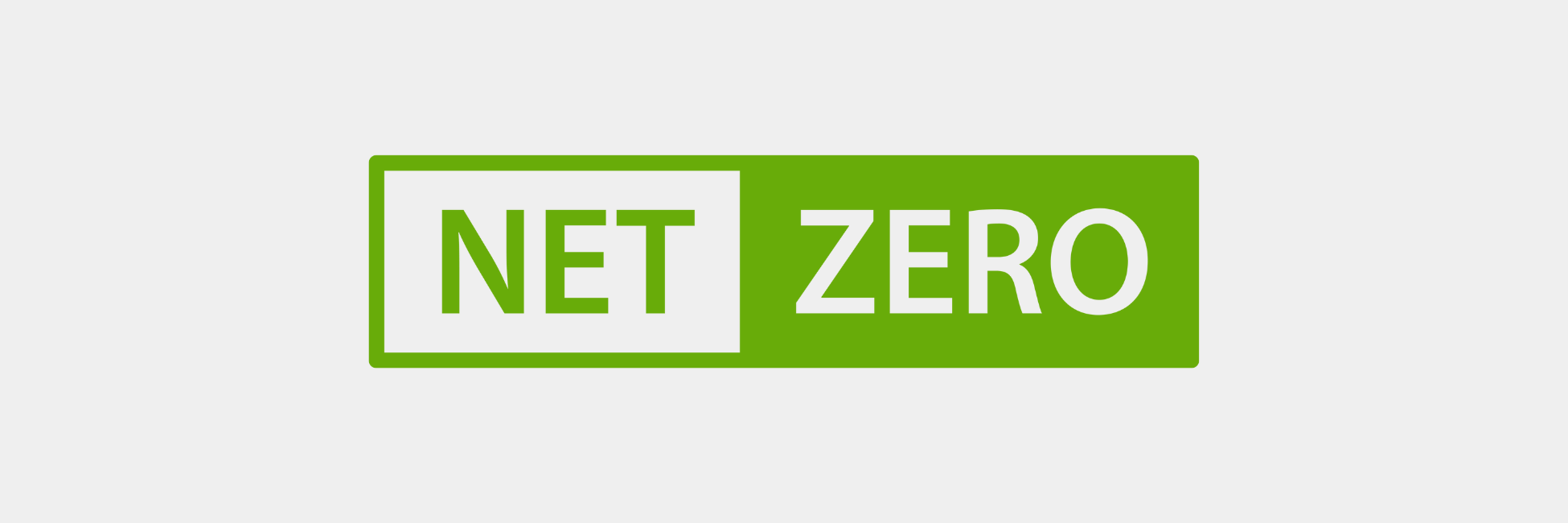Page content
Our CO2-neutral journey
We have already written a lengthy blog on why we decided not to focus on CO2 neutrality, so I’ll give you the summary:
Everyone knows we are selective of the customers we work with. And the customers we work with know that we always try to push them further in their positive impact. It sounds good, but for us, that also means we have to walk the talk.
That’s why we conducted extensive research on CO2 neutrality and Net Zero, also pushed by the B Corp Climate Collective. The reality is: for a small company like Quest Studio, it would be rather easy to obtain a CO2-neutral label:
Step 1: Hire a CO2 expert and provide them with all the required data
Step 2: Analyze the insights and define reduction goals (although, at times, this step seems to get skipped)
Step 3: Choose a project to compensate for the current emissions
Step 4: Market your carbon neutrality
Step 5: Repeat annually
The total cost for Quest would probably be around 6,500 EUR per year. Well, instead of obtaining a label that many companies are still using as an excuse to ignore their carbon footprint, we would prefer to increase our impact by directly investing those 6,500 EUR in something we believe in. Enter Habitats.
Check out our newly launched non-profit Habitats!
Founding partners with a similar vision on conservation and restoration
When I discussed this dilemma with my friend Ellis, she introduced me to David ‘Billy’ Herman. Billy is the founder of Starling Travel, a travel agency that focuses on nature tours. Billy shared similar ideas about the need to prioritize biodiversity. After a few discussions, we joined forces to start a non-profit organization focused on biodiversity conservation and restoration together. The main ideas:
- There’s so much focus on restoration because it’s easier to market. Preserving what we have also deserves more attention. We urgently need more of both.
- We want to establish a clear link between climate change and biodiversity.
- Looking at that link, there’s too much attention going to planting trees because – again – it’s the easiest to market. While definitely needed, there are also other interesting habitats with huge CO2-sequestration potential that are immensely undervalued. Did you know that increasing phytoplankton productivity by only 1% would have the same effect as the sudden appearance of 2 billion mature trees?
- Local communities are integral in making conservation and restoration projects work in the long term.
Then, we crossed paths with Lien De Ruyck, a positive impact warrior who’s been a friend of Quest for quite some time now. In the last few years, Lien has undertaken many trips, including to Antarctica, to make the science of conservation and restoration more accessible through storytelling. Upon meeting, we immediately knew it was a match, so Lien joined our founding team.
Quest team’s passion for biodiversity
Starting our non-profit organization is a big step that inevitably leads to a lot of internal discussions. As you would expect from truly impact-driven professionals, all Quest team members are huge nature lovers and were immediately supportive and excited about the idea. It’s just great to see the dedication they put into Habitats, especially when they are working on the branding or website.
Was a new non-profit organization really necessary?
You could say yes and no, but I’m definitely going to say yes. No, because there are already many good organizations focusing on biodiversity conservation and restoration out there. Yes, because we need way more of them, and we also think we can add value to the conversation.
Habitats is led by a very diverse team of biologists, biodiversity experts, marketers, strategists, researchers, and nature photographers passionate about biodiversity. As an interdisciplinary team, we have the power to look at things from a different, less typical angle.
We want to use the service and business design expertise of Quest Studio to keep looking at things from a more holistic/systemic point of view. To focus on the root causes of problems and not just fight the symptoms.
At Quest, we’re also used to making hard decisions when it comes to selecting customers. Decisions that negatively affect your profit in the short term, but exponentially increase your positive impact in the long run. We want to take that experience to Habitats as well. All our projects will be very carefully selected, and we won’t always choose the usual suspects. It will be our job to make the less usual suspects equally sexy to donate to.
In addition, we see a lot of non-profit organizations with solid vision struggle to get funds because they can’t afford to invest in marketing. Well, Quest just happens to be an expert in branding, marketing, and fundraising tactics, which allows Habitats to punch a little bit above our weight right from the start.
How are Habitats and Quest linked to each other?
First of all, Quest is a founding partner of Habitats, together with Starling Travel and Lien De Ruyck. Quest was also appointed Chairman of the Board of Directors of Habitats. Together with the other board members and founders, we will devise the strategy for the next few years and oversee its execution.
We have also taken on a leading role in a world we know best. We took charge of the branding, positioning, and website (UX/UI, copy, and development) of Habitats. Together with Lien, we’ll also be responsible for the management of all social media and communication channels of Habitats.
There is so much to share about Habitats
It was truly demanding, yet exciting, to witness our vision come to life. Want to know more about Habitats’ digital journey? Explore the creation of Habitats’ branding and website.



